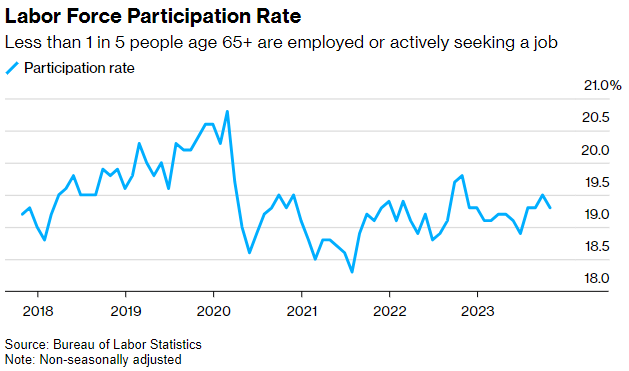|
The world of retail used to explode the day after Thanksgiving. To shoppers of a certain age, the term “Black Friday” used to mean a lot of things, including early mornings, long lines, and near-riots in store aisles. But since the rise of ecommerce, Black Friday turned into Cyber Monday. Lately, there have been more and more days throughout the year that see online retailers holding large price markdowns, but Cyber Monday still reigns supreme. With all of the pomp and circumstance around online shopping and deal days, you need to be prepared. It’s easy to be distracted by all of the emails and ads you see about sales and end up buying things you don’t want, or even worse, grabbing items that aren’t even discounted. Check out these Cyber Monday strategies: 1. Give yourself a Cyber Monday budget 2. Identify your targets 3. Bookmark your online stores 4. Follow your stores on social 5. Sign up for newsletters 6. Look for gift codes first 7. Know your return policies 8. Automate price comparison 9. Avoid suspicious sites 10. Shop privately 11. Use a rewards card if you have one 12. Finally, keep an eye on your accounts Each year, Cyber Monday changes and evolves. As this is written, there’s no telling what tech trends will get the most deals and which retailers will offer the most markdowns. That’s why it’s so important to start with a strategy that can help you maximize your deal making ability and set yourself up to be most impressive gift giver this holiday season.
To find out more details on each of the above tips, visit https://www.rate.com/resources/cyber-monday-strategies
0 Comments
More than three-and-a-half years after COVID struck, the U.S. still has around 2 million more retirees than predicted, in one of the most striking and enduring changes to the nation’s labor force. The so-called, 'Great Retirement,' induced by COVID-19 is evident in the divergence between the actual number of retirees and that predicted by a Federal Reserve economic model. While down from a 2.8 million gap late last year, it remains elevated today and has even risen from 1.7 million in June. Before the pandemic, the participation rate for workers age 65 and older reached 20.8% before dropping two-and-a-half percentage points by July 2021. The rate has since risen a percentage point to 19.3% but remains well below the pre-pandemic high. The lack of older workers is creating some shortages. In Michigan, a state law was tweaked to make it easier for teachers to “un-retire” without risking their pensions.
Before this summer’s rise in excess retirees, there was speculation that a whole “un-retirement” wave was under way, but that seems to have not been the reality. For many older Americans, leaving the labor market is a one-way street. While many may miss the routine and stimulation and want to resume work for financial reasons, rejoining the workforce can be difficult. Skills decline, work connections rapidly fade and job-seekers may confront an age gap, all making it harder for many older workers to find a job. In 2022, the mean duration to find a job for people age 65 and older was 31.6 weeks, 9 weeks longer that the overall average. Before the pandemic, from 2017 to 2019, roughly 3% of retired workers on average ended up having a job a year later. Source: https://www.bloomberg.com/news/articles/2023-11-06/us-retiree-surplus-is-still-near-two-million-years-after-covid?utm_source=website&utm_medium=share&utm_campaign=email&leadSource=uverify%20wall#xj4y7vzkg Government Shutdown
Budget deficit
Source: https://www.cato.org/blog/cbo-budget-economic-outlook-post-covid-fiscal-era https://www.reuters.com/markets/us/moodys-changes-outlook-united-states-ratings-negative-2023-11-10/#:~:text=%22It%20is%20hard%20to%20disagree,burden%20will%20continue%20to%20grow.%22 |
Archives
July 2024
Categories
All
|
Let our team work for you. Call 979-694-9100 or
email [email protected]
|
TRADITIONS WEALTH ADVISORS
2700 Earl Rudder Frwy South, Ste. 2600 College Station, TX 77845 |
VISIT OUR BLOG: Stay current with industry news and tips.
|



